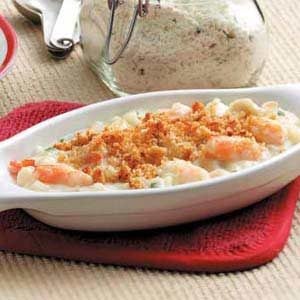Seafood Thermidor
Prep/Total Time: 25 min.
2 servings
Updated: Jun. 30, 2023
“Here in the Midwest, lobster can be pricey, so I found this recipe that tastes like Lobster Thermidor but costs a lot less,” shares Sandi Laskowski of Rapid city, South Dakota.


















